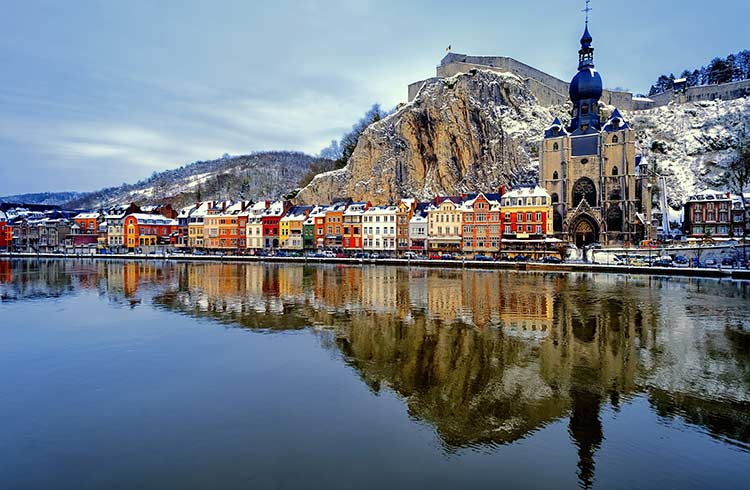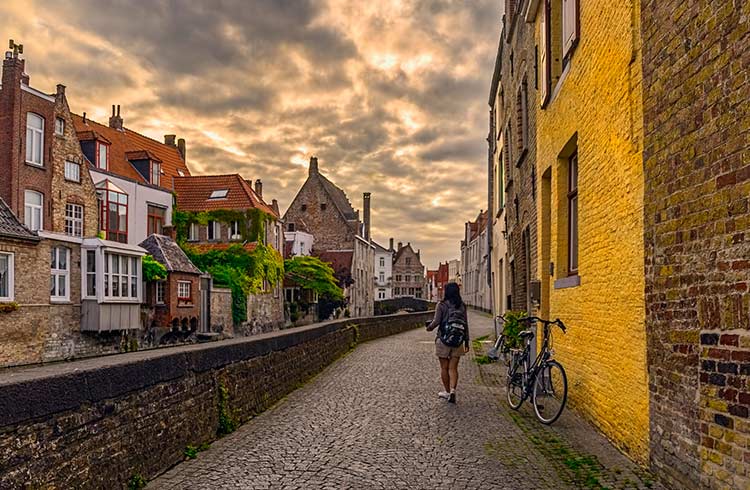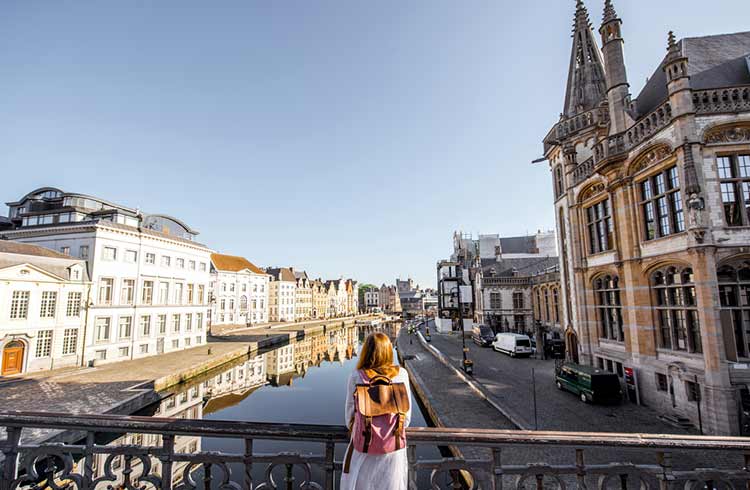Weather in Belgium: Essential Tips for Safer Travel
Belgium might be one of Europe's rainiest countries, but don't let that stop you from seeing the sights and experiencing Belgian hospitality. Be prepared with these tips on weather in Belgium.
 Photo © Getty Images/Xantana
Photo © Getty Images/Xantana
Summer in Belgium
Belgium has an annual average rainfall of 32 inches (820 mm) that is fairly evenly distributed through the year, with a slight increase in the summer months. On average, the country gets around 200 days of rainfall each year. This is more than Paris and London, both of which are renowned for their grey and drizzly days. Rainfall tends to come in showers rather than downpours, but carrying an umbrella or waterproof jacket is essential for any trip to Belgium.
The dampness can also make it feel much colder than it is, so even if you have dressed appropriately for the forecasted temperature, throw on an extra layer or two just in case (like the locals do).
The daily and monthly temperature variations are quite small, so unlike other European countries that oscillate between freezing cold and scorching hot, Belgium tends to go from mild winters to only-slightly-warmer summers. Average daily temperatures range from 37 degrees Fahrenheit (3 degrees Celsius) in January to 64 degrees Fahrenheit (18 degrees Celsius) in July.
Even at the height of summer, the temperature rarely exceeds 71 degrees Fahrenheit (22 degrees Celsius). Warm and sunny weather is not constant during summer, and it's almost a surprise when the sun does come out. But even on warmer days, the evenings can still turn quite cool so you will probably need to take a jacket or light sweater (jumper).
Winter in Belgium
From October, the temperature begins to drop quite rapidly. The winter months are chilly and wet, rarely bringing massive snowfalls that cover other parts of Europe. If it does snow, it melts fairly quickly and becomes slush on the ground, particularly in the cities. Wear sturdy, thick-soled shoes in winter, and watch your step on the quaint cobblestone streets of Belgium‘s medieval towns.
For snow bunny nomads, the south-eastern Ardennes region is the only part of the country where you are guaranteed to find snow year after year.
Best time to visit Belgium
Great weather is never guaranteed in Belgium, but your safest bet is to travel between May and September, especially for hiking and outdoor activities. There is still a very high likelihood of rain but at least it won‘t be paired with freezing temperatures. However, this will be peak tourist season, so it will pay to plan ahead and book accommodation in these areas before you arrive.
Belgium's moderate climate means that the country is subject to very few natural disasters. Flooding is a threat along rivers and in some areas of reclaimed coastal land. In the past few years, torrential rain across the country has caused flooding and mudslides, unfortunately causing several deaths. However, events of this scale are rare and very unlikely to affect most travelers.
Related articles
Simple and flexible travel insurance
You can buy at home or while traveling, and claim online from anywhere in the world. With 150+ adventure activities covered and 24/7 emergency assistance.
Get a quote

No Comments